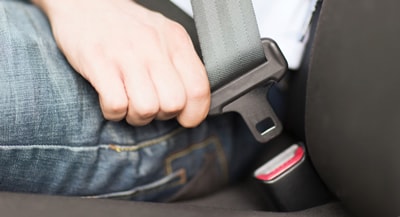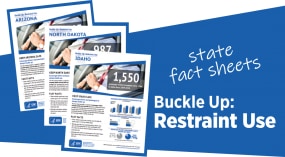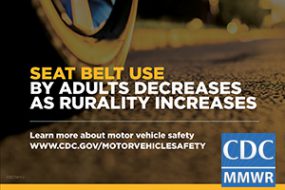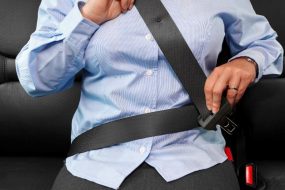Seat Belts
Motor vehicle crashes are a leading cause of death among those aged 1-54 in the United States, and most people who are killed in crashes are passenger vehicle occupants (drivers and passengers). Of the 45,404 people killed in crashes in 2021,1 about 60% of these were passenger vehicle occupants.2 Passenger vehicles include cars, sport utility vehicles (SUVs), pickup trucks, and vans. For adults and older children (who are big enough for seat belts to fit properly), seat belt use is the most effective way to save lives and reduce injuries in crashes. Yet millions do not buckle up on every trip.
Working together, we can help keep people safe on the road – every day. Encourage drivers and passengers to buckle up on every trip.
Fact sheets are available for each state and the District of Columbia. They have national and state data on restraint use and occupant crash deaths, as well as an overview of proven strategies for increasing the use of seat belts, car seats, and booster seats.
Buckle Up – Every Seat, Every Trip. Seat belt use is significantly higher for people riding in the front passenger seat than for people riding in the back seats (92% and 76%, respectively, in 2022 for adults aged 25-69).4 Similarly, beliefs in the importance of seat belt use are higher for the front seat than the rear seat.




